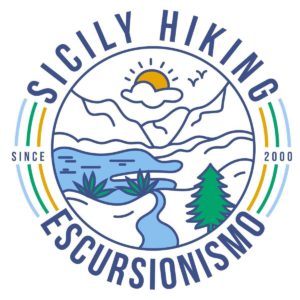favignana@castellammaredelgolfo.com
Favignana: the Tyrrhenian butterfly
Favignana, that the Greeks called Aegusa and in medieval times took its current name from the wind Favonius, resembles a large butterfly came to rest peacefully on the waters of the Mediterranean.
Waters that still evoke the events of history and myth, they hide in their depths the secrets of ancient battles, As the terrible Battle of the Egadi 241 a. C. Cala Rossa fought between the Romans and Carthaginians, waters still freighted items, chants, the cries of the sea people engaged in a thousand and a thousand "slaughters", the ancient and traditional tuna learned from the Arabs.
Those who can not reach Favignana first notice the elegance and lightness of Palazzo Florio, built in 1876 about.
The Florio family, the island has tied its prosperity from the second half of the 800 until the early decades of this century.
The building is definitely a symbol of the island. From here you can start your tour of the country and, following the main road, get to the heart of island life, Square Madrice, where everything happens.
On the right side of the square and go into the streets of the neighborhood Sant'Anna, The oldest part of town built in the middle of 1600, where among the simple houses built in tuff hide beautiful gardens underground from which the scent of fruit trees and flowering plants, the smells of herbs: salvia, rosemary, Origan…
Just outside the, on the north-eastern, the whole area of S. Nicholas is to explore and discover in caves or signs of prehistoric engravings of Punic tombs and the remains of ancient Punic and Christian.
At first sight the island appears barren, and flat with little vegetation in the landscape, and yet, Favignana as can be discovered by those who want to know, easily reveals all its beauty, He is charmed with the clarity of its water, captures the quiet coves, amazes me with the colors of his campaign.
Cala Rossa, view from the sea or, suddenly, top of the rocks is simply an emotion, a priceless gift of nature to man's sight; Cala d'Azur, Cave Perciata, the beautiful white beach of the Ravine, Cala Stornello protected by small islands of Preveto, Add Losses Galeotti, Cala Rotonda friendly and collection: these are the most popular places to take invigorating swims.
The northern island is marked by Cape Faraglione. From Faraglione, high 34 meters above the sea, starts the north-western part of the island inaccessible, dominated by the Big Mountain on whose side you open caves and caverns. But the only real mountain is Mount Favignana that bisects the island and at the top of which stands the Fort of St. Catherine, built by Roger II the Norman in the twelfth century, expanded and fortified in the seventeenth century. by the Spanish, that seems to watch over the life of Favignana and ensure, silent, on the area of sea enclosed by the Egadi, gems of the Mediterranean.
Text taken from : www.favignana.biz



